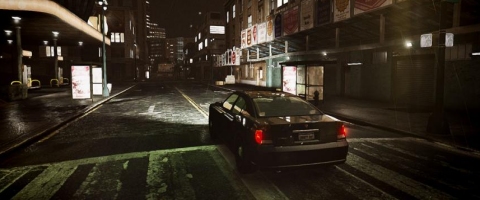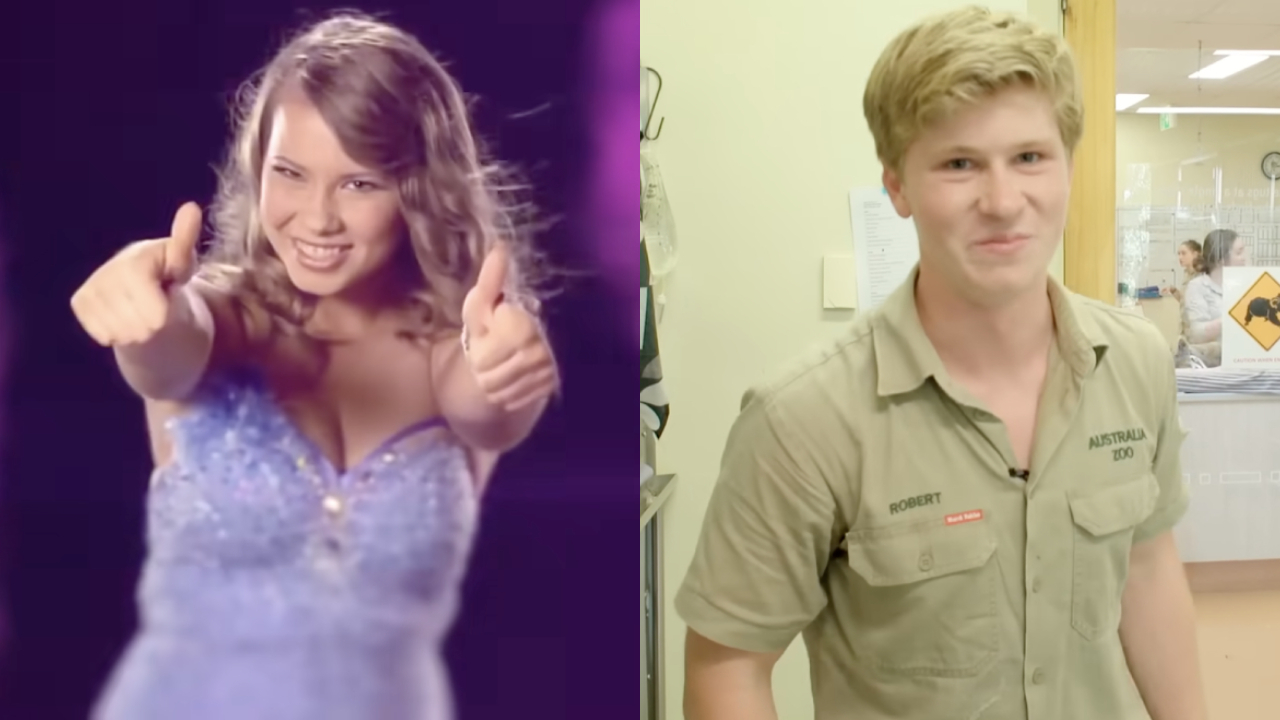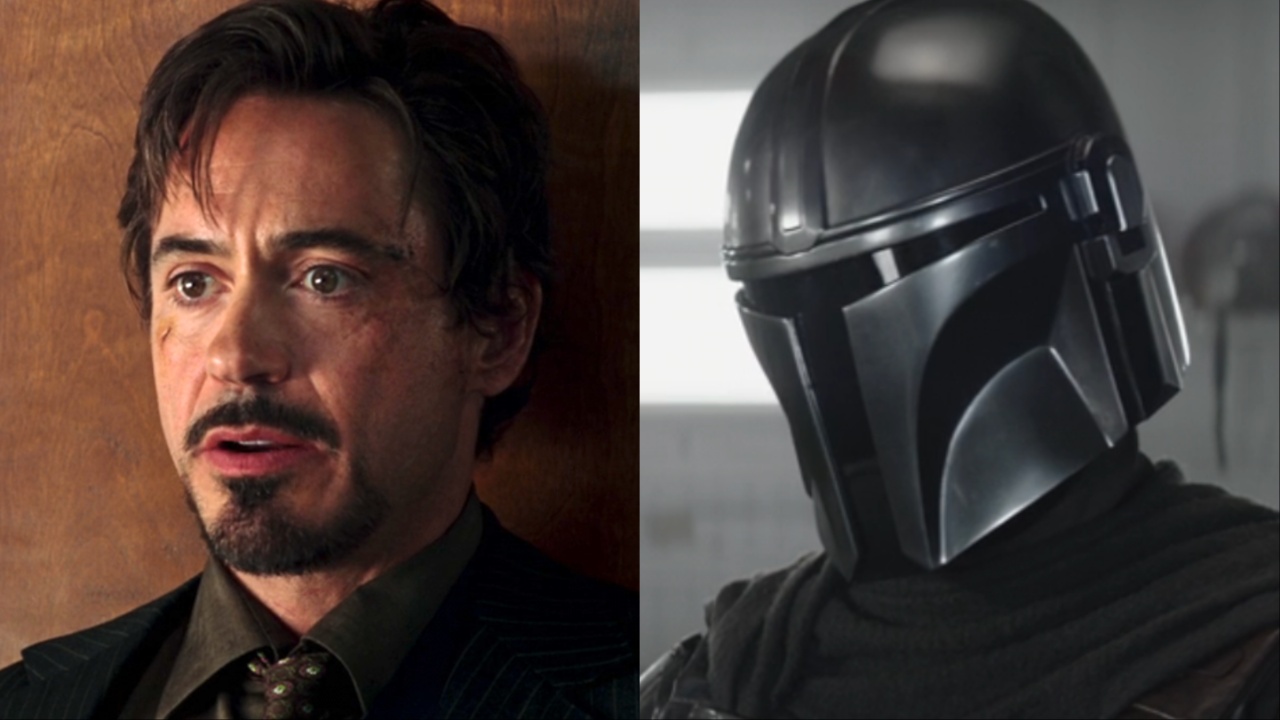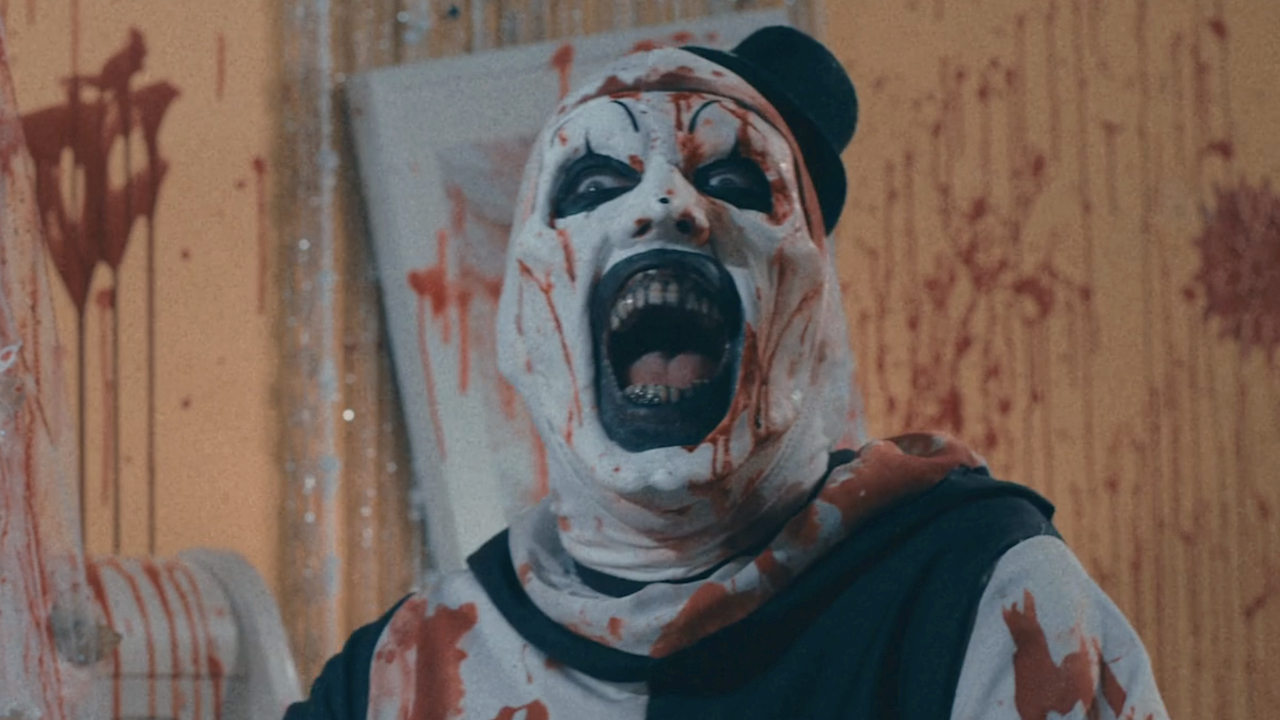Take-Two CEO Says Next-Gen Consoles Will Bring Development Costs Down

Someone is finally talking common sense in the corporate gaming arena. With middleware tools nearly capable of photorealistic projection and physics and animation suites at the point of having procedurally animated characters, one would think that costs for games making use of automated toolsets should be lower for next-gen, not higher. Take-Two's CEO agrees, saying in a conference call that they don't expect operating costs to rise, but instead to lower for next-gen consoles.
As noted by Videogamer, Take-Two Interactive's CEO Strauss Zelnick stated that...
"We don't have a ramp-up of operating expenses for next-generation," .... "Like everyone else in the business except one of our competitors, once we reach technical feasibility we capitalise our software development and at that point it no longer hits our P&L [profit and loss] until we release a title, at which point we amortize it in accordance with GAAP as you know. So we wouldn't expect our operating expenses to increase."And I think I'll answer a question you didn't necessarily pose, which is, do we believe that titles to be a whole lot more expensive to make for next-gen, and the answer is we do not. In many instances we believe that it may be somewhat easier to make titles for next-gen depending on how the technology comes together."
Thank you, thank you, thank you.
I'll briefly explain where the myth about development costs comes from: At the beginning of each console generation usually the hardware exceeds current software capabilities. In turn, publishers usually have to hire third-party engineers, license middleware companies to design new toolsets or build proprietary tech in-house. This is very expensive because this will bloat up operating and research and development costs for the fiscal year. This is sometimes included in the budget for the game's design itself (i.e,. Grand Theft Auto IV and the RAGE/Euphoria Engine combination).
Designing new engineering or middleware tools from the groundup can be very costly and takes many years. Combining that with designing a new IP and marketing that new IP, we were encountering budgets that varied wildly from $10 million to $60 million to $100 million in development costs.
Game designing at this stage, however, due to the elongated console cycle, is no where near as expensive as it was at the beginning of this generation on the actual game production front. Middleware has actually surpassed what current generation consoles are capable of handling, as evidenced in physics-heavy indie games like StarForge, which is running on the Unity Engine. You can also see how advanced particle and liquid simulation technology in engines like the Luminous Engine and the Unreal Engine 4 have caused publishers to pressure Sony and Microsoft to actually ramp up the hardware capabilities of their next gen consoles. Some speculation has arisen that Sony has actually bumped up the PS4/Orbis to run between 8GB and 16GB of RAM so that the hardware will actually be capable of handling the software, as reported by VG 24/7.
Long story short: Software is now very capable of photorealistic graphics, as evidenced by the Brigade Engine. Making photorealistic games is not as expensive as many people think, considering that many tools can auto-generate props and objects on the fly, such as IDV's SpeedTree or Daz3D's Bryce, which can enable designers to toss together realistic scenery in a matter of seconds.
CINEMABLEND NEWSLETTER
Your Daily Blend of Entertainment News
A lot of you might be questioning then why it still takes so long to make games and why it's still so expensive? Well, a lot of it is getting artists to optimize assets for various hardware setups. It takes devs a lot longer to try to squeeze the best graphics possible out of today's hardware and the optimization on dated hardware while trying to push the best physics, animations and graphics fidelity possible is no easy task. It's why indie devs can churn out games with much higher asset fidelity on PC in half the time it takes a bigger studio since they oftentimes don't go through the same painstaking optimization process (for better or for worse).
There's more to it than that but that's the basic gist of it. Software tools already capable and scaled for bigger and better hardware is available right now, so there's no need for a billion dollar investment in R&D from studios who already have licensed software tools or built their own in-house. It's just a matter of waiting for the consoles to arrive.
Staff Writer at CinemaBlend.
After I Heard Law And Order’s Hugh Dancy Quote SVU’s Iconic Opening, I Love His Take On 'Betrayal Of The Position’ After The Crossover
Olivia Wilde's Don't Worry Darling Follow-Up Is Apparently About 'Unexplored Sexuality', And The Cast Is A+ List
Dancing With The Stars Champ Bindi Irwin Shared Heartfelt Reaction To Her Brother's DWTS Announcement, And I Can't Get Over How Old It Made Me Feel










